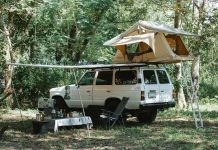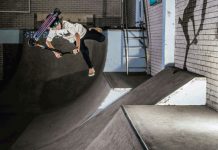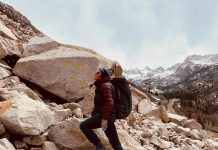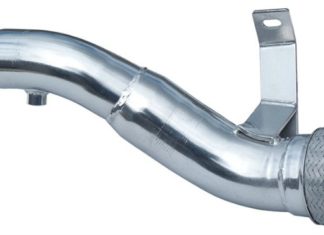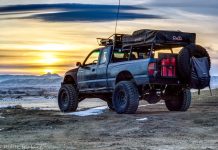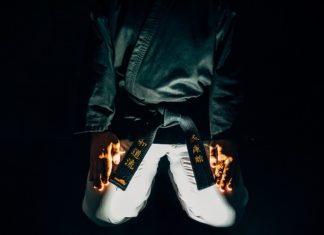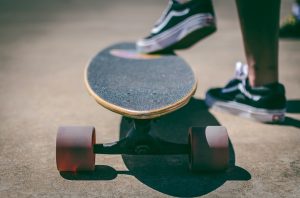
Skateboarding is more than just a sport for many people – it’s a way of life, a form of self-expression and a thrilling way to explore your city. The allure of skateboarding goes beyond the rush of adrenaline that comes from mastering a new trick or just going down the streets at breakneck speeds.
At its core, skateboarding is a unique form that allows individuals to convey their creativity through their own tricks and riding styles. If you’re a newbie in the skateboarding world, there are a few things you need to consider first before hopping on the board.

Getting Started
Even though skateboarding doesn’t seem hard, it actually is. Before mastering every trick in the book, you first need to find the right board to help you master the basics.
Buying Your First Skateboard
For beginners, buying the right skateboard is very important to ensure a great start for their journey. Understanding your board, and the components, is crucial so It shouldn’t be the most expensive one in the market, but it also shouldn’t be one whose qualities aren’t so good. Your two options are:
- Complete Skateboards: As the name implies, everything you need is already assembled and ready to ride. You don’t need to know things like selecting and pairing the right parts, you simply choose the design you like on the right size board and you’re ready to roll.
- Complete Skateboard Kits: Now, if you want a bit of a challenge even before you start learning, this is for you. These kits contain everything you need to build a skateboard for yourself, such as wheels, a deck, trucks, etc. This is for those who want to study their board and understand it better.
“How do I know what size skateboard to buy?” is a very common question even for people who aren’t new to skateboarding. There are many things to consider, such as height and age, because you cannot buy a junior skateboard if you’re an adult and vice versa because there are also differences in weight and foot size.
Remember that the right skateboard is a personal preference.
Take the time to try out different boards and see what feels comfortable for you. Don’t hesitate to ask for advice from experienced skateboarders if you know any before getting your board. And don’t be afraid to pick the design you like the most and that reflects your personal style.
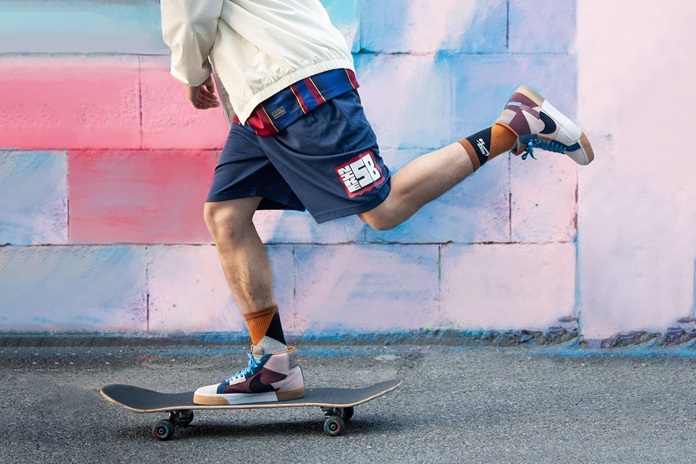
Learn How to Ride
Once you’ve picked your favourite from a range of skateboards for sale, you can let the real fun begin. Learning to ride will be challenging and don’t expect to learn how to skate in a day. Even if you practice from sunrise to sunset, you won’t master it right away, and that’s okay. It is a process and the learning will be fun as well.
Begin by learning to balance. Practice simply standing on the board and finding your centre of gravity. Then, you need to learn how to push.
This isn’t necessarily exciting but is the first important task you need to learn. After you learn how to push, it’s time to learn how to stop and the simplest way of doing that is to stop with your back leg. When you master these two things, you can move on to tricks, such as the ollie. It is one of the most important tricks and even though it seems easy from afar, you’re gonna need time to master it. It is just the art of getting your board to pop in the air while you’re still on it. You need to pop the tail up on your board, while lifting and king of jumping up. The problem here is that you need to do this all at once.
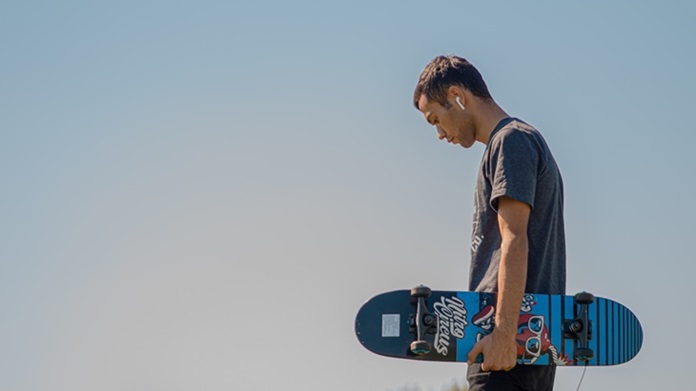
Safety First
Your number one priority should always be your safety. Skateboarding may be cool, but safety should always come first. Here are some of the most important things you need before starting your skateboard adventure:
- Helmet: The most essential safety gear you will need because it protects your head from injury if and when you fall. Your helmet should fit your head snugly, it shouldn’t move when you shake your head. The helmet should sit low on your forehead and have side straps around each ear and a buckle that fastens under your chin. Also, make sure that your helmet is capable of taking more than one hit because learning how to skateboard is as fun as it is challenging.
- Knee and elbow pads: When you fall, because you most probably will fall, these pads prevent or reduce the gravity of cuts, bruises and burns.
- Wrist guards: These are important because they reduce the chance of twisting or even breaking your wrists when you fall. You won’t see many skateboarders wear them, but if you’re a beginner, then they are highly recommended.
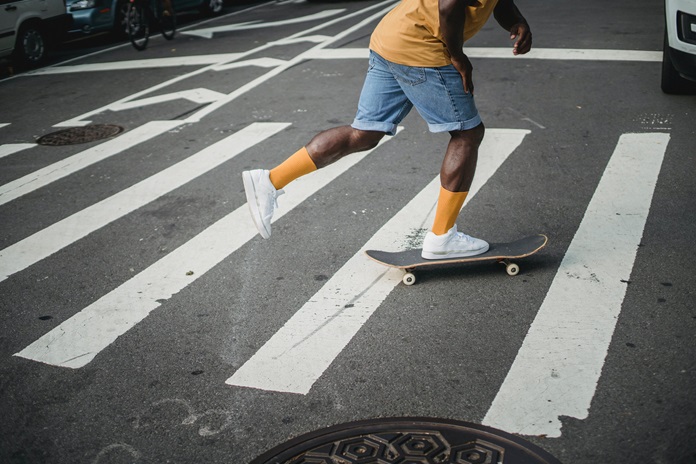
Where to Skate?
Finding the right place is very important for your own safety. Going straight to a skatepark can be overwhelming since they are crowded and chaotic, and the people there have probably been skating for years so it isn’t the right place for a beginner to learn the basics. So, finding a smooth and not-so-used footpath, a bike lane or even an empty street can be a good option as long as it’s free from any obstacles and it isn’t crowded.
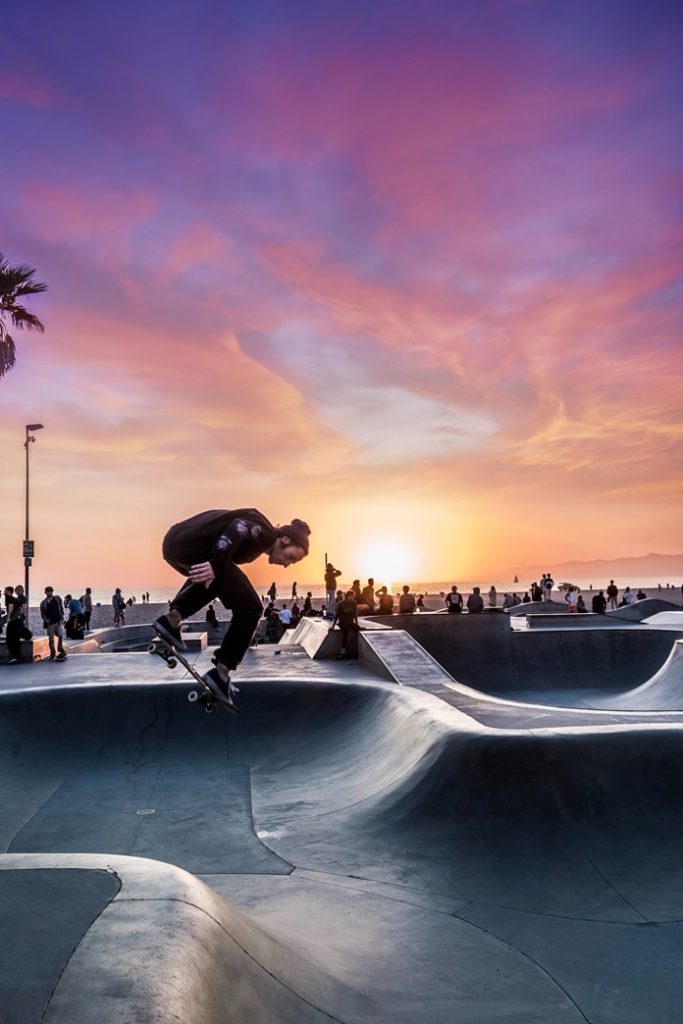
Don’t Be Embarrassed
Taking up a new hobby as an adult, especially one where many people can see you can make you feel embarrassed. And even though it is a natural thing to feel, you shouldn’t let that hold you back. Every skateboarder, no matter how skilled now, was a beginner once. So, go out there, embrace the learning process and enjoy the rude. Let skateboarding be part of your life.


